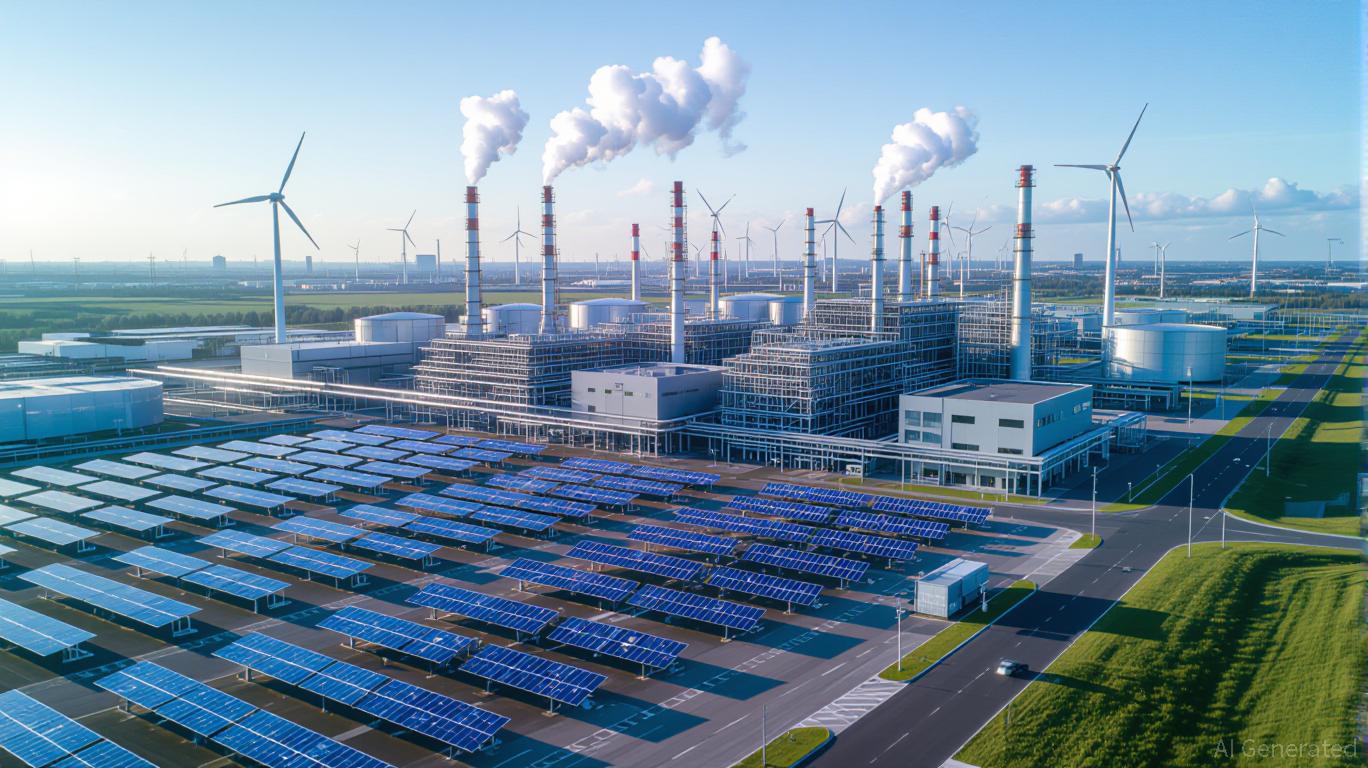In the rapidly evolving renewable fuels landscape, Neste has emerged as a trailblazer, transforming margin pressures into a formidable competitive advantage through its aggressive expansion in the Sustainable Aviation Fuel (SAF) sector. As the global aviation industry grapples with decarbonization mandates and investor demands for greener operations, Neste’s strategic pivot to SAF is not just a response to market forces—it’s a calculated move to dominate a sector poised for exponential growth.
A Production Powerhouse in the Making
Neste’s recent upgrades to its Rotterdam refinery have positioned it as a global leader in SAF production. By 2025, the company has already increased its SAF capacity to 1.5 million tons per annum, with the Rotterdam facility alone set to produce 500,000 tons annually. When fully operational by 2027, this site will become the world’s largest production hub for SAF and renewable diesel, giving Neste unmatched scalability to meet surging demand.

This expansion is not merely about scale. Neste’s ability to flexibly shift production between road and aviation fuels allows it to capitalize on market volatility. For instance, in Q2 2025, SAF sales surged by 80% compared to the previous quarter, underscoring the effectiveness of this strategy. By aligning production with demand fluctuations, Neste mitigates margin pressures that plague competitors with fixed-output models.
Strategic Partnerships and Regulatory Alignment
Neste’s dominance in SAF is further solidified by its partnerships with industry giants. A landmark 2025 deal with Amazon Air to supply 7,500 metric tons of neat SAF for cargo operations at two U.S. airports exemplifies this. The logistics are equally innovative: SAF is delivered via existing pipelines in California and trucked using renewable diesel-powered vehicles, minimizing carbon footprints while optimizing costs.
These partnerships are not isolated successes. Neste has secured contracts with FedEx and other major airlines, aligning itself with the sector’s urgent need to meet net-zero targets. Regulatory tailwinds are equally strong. The company’s proactive alignment with the EU’s ReFuelEU Aviation initiative and RED III mandates ensures it remains ahead of compliance curves, a critical factor in markets where policy uncertainty often stifles growth.
Operational Efficiency as a Differentiator
Neste’s cost management strategies are equally impressive. By sourcing feedstocks like used cooking oil and animal fat waste—materials that are both abundant and low-cost—the company reduces raw material expenses. Third-party audits ensure these materials meet sustainability standards, a non-negotiable requirement for SAF certifications.
The supply chain innovation is another standout. For example, the use of Diesel Direct for truck deliveries to Ontario International Airport not only streamlines operations but also leverages Neste’s renewable diesel to cut emissions. This closed-loop system—where SAF distribution further reduces carbon footprints—creates a unique value proposition for customers and investors alike.
Investment Implications
For investors, Neste’s SAF strategy represents a rare confluence of market leadership, regulatory alignment, and operational agility. The company’s ability to convert margin pressures into competitive advantages is evident in its 80% Q2 sales growth and its position as the world’s largest SAF producer. With the Rotterdam expansion nearing completion and RED III implementation on the horizon, Neste is poised to capture a significant share of a market projected to grow by over 30% annually through 2030.
However, risks remain. Feedstock supply chain disruptions and the high capital intensity of SAF production could test Neste’s margins. Yet, the company’s diversified sourcing strategy and partnerships with logistics providers like Diesel Direct provide a buffer.
Conclusion
Neste’s pivot to SAF is more than a strategic repositioning—it’s a masterclass in leveraging industry challenges to build long-term resilience. By combining cutting-edge production capabilities, regulatory foresight, and operational efficiency, the company is not just surviving in a margin-pressed market; it’s thriving. For investors seeking exposure to the decarbonization megatrend, Neste offers a compelling case: a leader in a high-growth sector with the infrastructure, partnerships, and innovation to outpace competitors.
Investment Takeaway: Neste’s SAF leadership and operational discipline position it as a top-tier play in the renewable energy transition. With production capacity set to double by 2027 and regulatory tailwinds accelerating, the company is well-placed to deliver outsized returns for investors willing to bet on the future of sustainable aviation.
link

